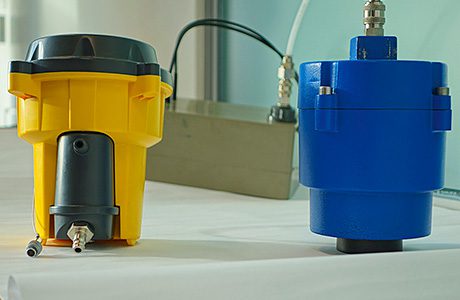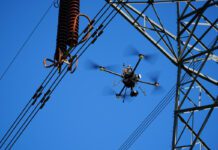
HIGH-resolution remote reporting on water quality is supported by the Hydraclam® monitoring unit now available from Siemens Water Technologies.
The unit is installed in washout hydrant chambers and on fire hydrants, allowing companies like water utilities to monitor quality from treatment facilities through to close to the point of use.
The solution is configurable to capture data at defined intervals and upload accurate information for turbidity and pressure with additional measured parameters available for temperature and chlorine. Results are accessed via a web-based system. The solution incorporates trigger-point technology to alert users when incidents are likely to occur, such as water discolourisation due to sediment build up.
This approach also enables companies to track and better understand patterns in issue occurrences, thereby helping them to identify and implement more long term measures to minimise them, says Siemens.
“While investment in the water industry has resulted in improved services for many customers, we understand utilities face mounting pressure to continuously meet regulatory responsibilities whilst driving customer service improvements,” said the company’s Aran Bray. “When it comes to taking a proactive approach to closely monitor water quality to help companies meet these objectives, there simply hasn’t been the level of technology needed to do so effectively.”

“The development of the Hydraclam solution is a major step forward for water monitoring technology, providing companies with key information on water quality at vital stages in their network. By equipping companies with this level of insight, they’re able to detect problems and explore the suitable treatments before being alerted to issues by customers, “ he added.
“Historically, many water companies have had to manually obtain samples to analyse quality at different stages and locations in their network. They can now proactively use the intelligence delivered remotely through the Hydraclam system to develop more strategic plans and responses.






